GPU Accelerated Visualizations in Education
Aaron Montag and Jürgen Richter-Gebert
Technical University of Munich, Germany
Coimbra, June 29


Technical Background
Tasks that initially were done on the CPU can now be accelerated on the GPU.
However: The programming concepts in conventional programming are quite difficult:
- Shaders/kernels are in separate language (GLSL, CUDA C…)
- The number of lines of code drastically increases
- GPU specific code often causes platform dependency
\Rightarrow additional development effort is enormous, not suitable for education
Our answer: CindyGL
- a plug-in for
CindyJS, aCinderellacompatible framework for the web.
Brings easy shader programming via
WebGLinto dynamic geometry softwareWebGL: a JavaScript API for interactive 3D and 2D graphics without the use of plug-ins.
- CindyGL translates a subset of CindyScript to GLSL \rightarrow One programming language for both the CPU and GPU
- Aim: Making
WebGLeasy for students and instructors
A minimal example
For each pixel with coordinates x and y a grayscale-value is computed.
CindyGL in the classroom: Waves
Aim: simulate the interference patterns of water waves
An image of a single wave:
seconds() returns the exact time \rightarrow enables animations.
Two circular sinusoidal waves
Alternatively: the double slit experiment
Areas of destructive interference become immediately visible.
Why using GPU Accelerated Visualizations in Education?
Instructors:
- fast creation of appealing visual teaching material, which can be easily shared
Students:
- Interactive generation of visual content
- Strongly motivates the visual learning type
- Connect learning contents from Mathematics, Computer Science, Physics and other fields
Colors in CindyGL
If colorplot outputs a three component-vector, the color is obtained by additive mixing of red, green and blue.
Phase portraits of complex functions.
Assign colors to complex numbers based on their argument (Wegert 2012).
z=x+i \cdot y is the pixel coordinate as complex number.
Convergence discs of Taylor series
phase portrait of a function f:\mathbb{C}\to\mathbb{C}.
Approximation \sum_{k=0}^n \frac{f^{(k)}(a)}{k!} (z-a)^k through Taylor polynomials
Deformation of images
For each pixel we look up a color in a texture at the given coordinates.
Deformation of images (complex)
Also access to the webcam is possible
Raycasting
Aim: render the surface x^2+y^2+z^2 - 1 = 0
The intersection of the ray behind each pixel with the surface is computed.
Raycasting (Advanced)
The stereographic projection
Editing spherical images
The (spherical) Droste effect
Further Applications of CindyGL
Thank you!
More information on cindyjs.org.
Tutorial for CindyGL: cindyjs.org/docs/cindygltutorial/
References
(Stussak 2009) (Gagern et al. 2016) (Montag and Richter-Gebert 2016) (Wegert 2012) (Schleimer and Segerman 2016) (Klöckner et al. 2012)
Gagern, Martin von, Ulrich Kortenkamp, Jürgen Richter-Gebert, and Michael Strobel. 2016. “CindyJS.” In International Congress on Mathematical Software, 319–26. Springer.
Klöckner, Andreas, Nicolas Pinto, Yunsup Lee, Bryan Catanzaro, Paul Ivanov, and Ahmed Fasih. 2012. “PyCUDA and Pyopencl: A Scripting-Based Approach to Gpu Run-Time Code Generation.” Parallel Computing 38 (3). Elsevier: 157–74.
Montag, Aaron, and Jürgen Richter-Gebert. 2016. “CindyGL: Authoring Gpu-Based Interactive Mathematical Content.” In International Congress on Mathematical Software, 359–65. Springer.
Schleimer, Saul, and Henry Segerman. 2016. “Squares That Look Round: Transforming Spherical Images.” arXiv Preprint arXiv:1605.01396.
Stussak, C. 2009. “RealSurf-a Gpu-Based Realtime Ray Caster for Algebraic Surfaces.” In Proc. Spring Conf. Computer Graphics.
Wegert, Elias. 2012. Visual Complex Functions: An Introduction with Phase Portraits. Springer Science & Business Media.
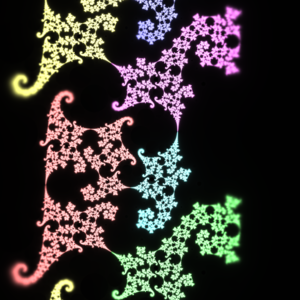 Fractals & Limit sets
Fractals & Limit sets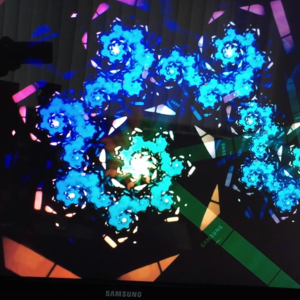 Feedbackloops
Feedbackloops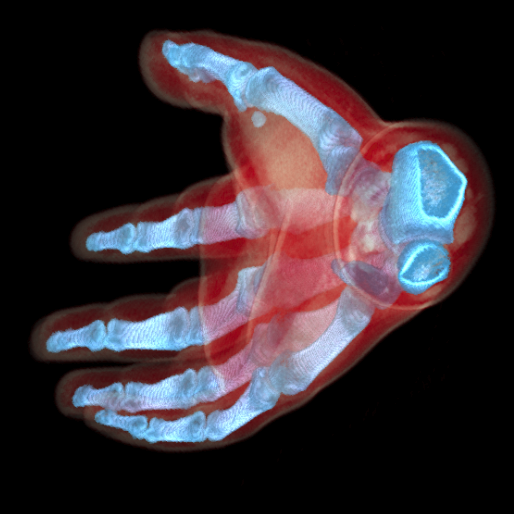 Volumetric Rendering
Volumetric Rendering FFT
FFT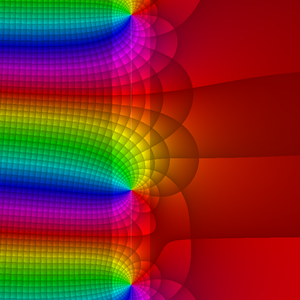 Complex Analysis
Complex Analysis Analytic Landscapes
Analytic Landscapes Partial Differential Equations
Partial Differential Equations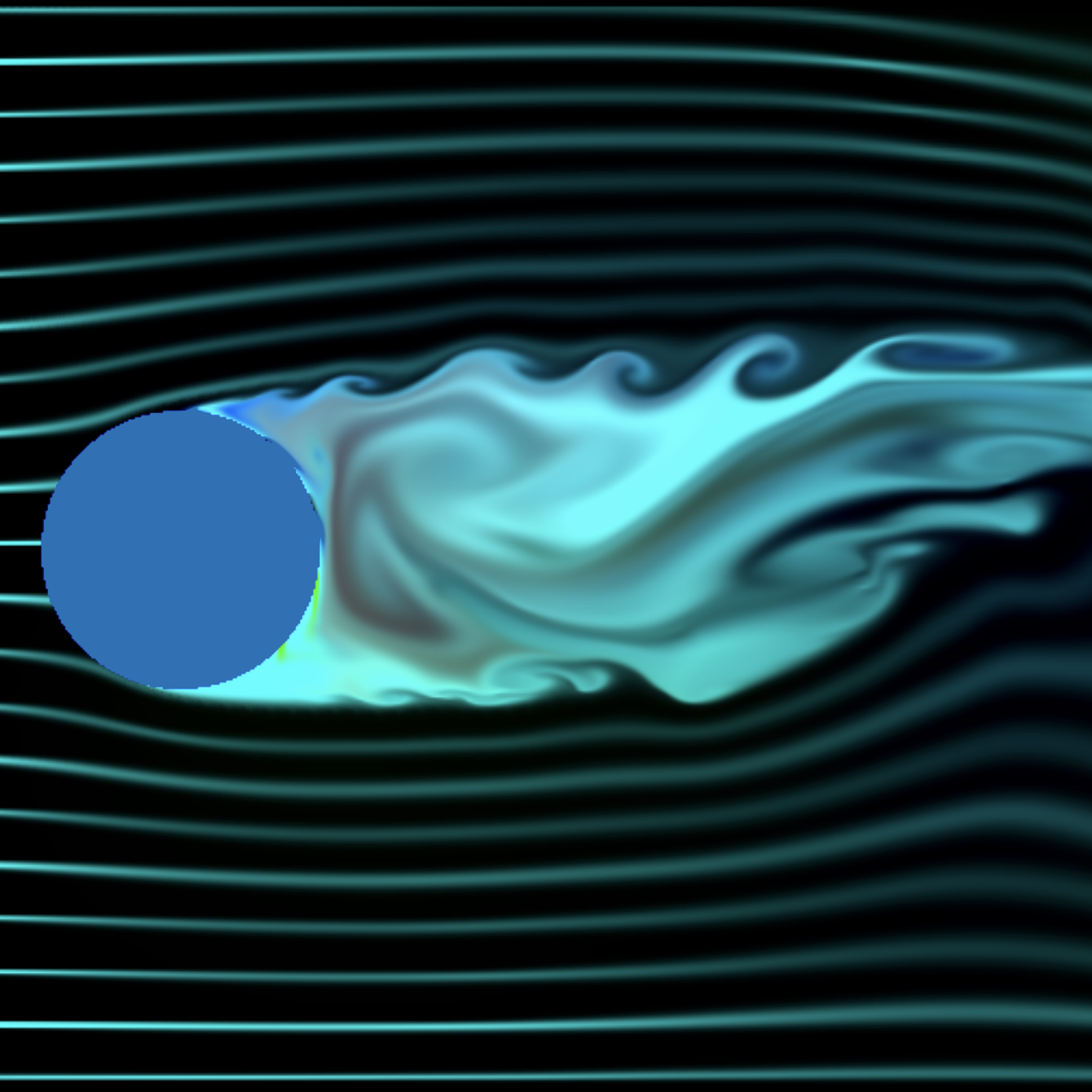 Fluid Simulation
Fluid Simulation Video-Deformations with Henry Segerman
Video-Deformations with Henry Segerman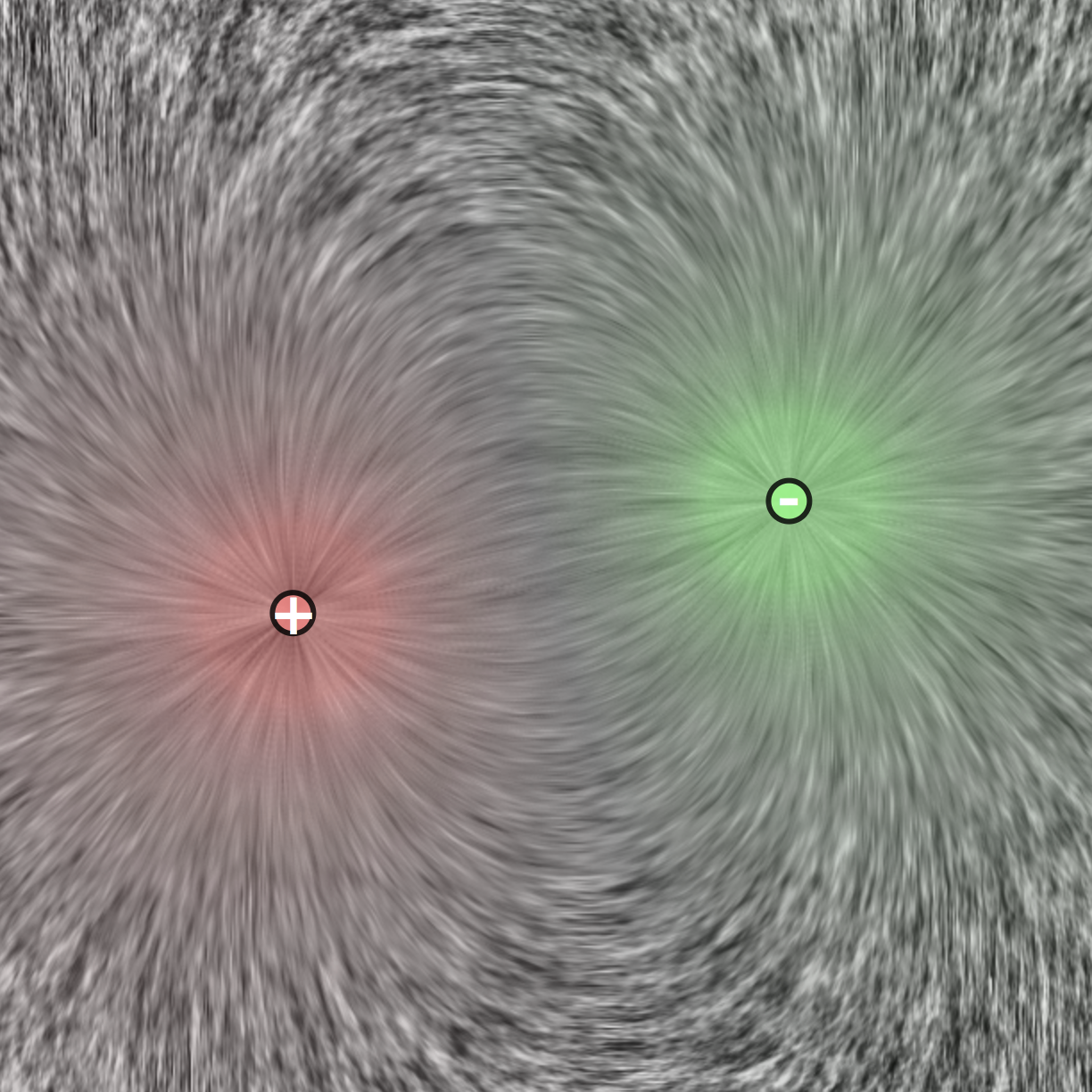 Vectorfields (LIC)
Vectorfields (LIC)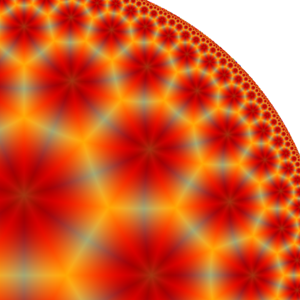 Hyperbolic Geometry
Hyperbolic Geometry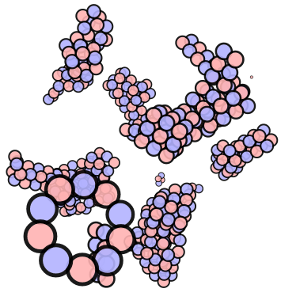 N-body Simulation
N-body Simulation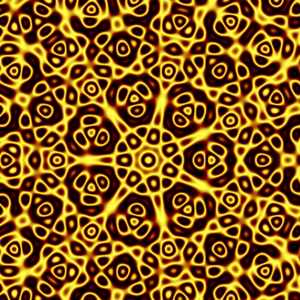 Quasicrystals
Quasicrystals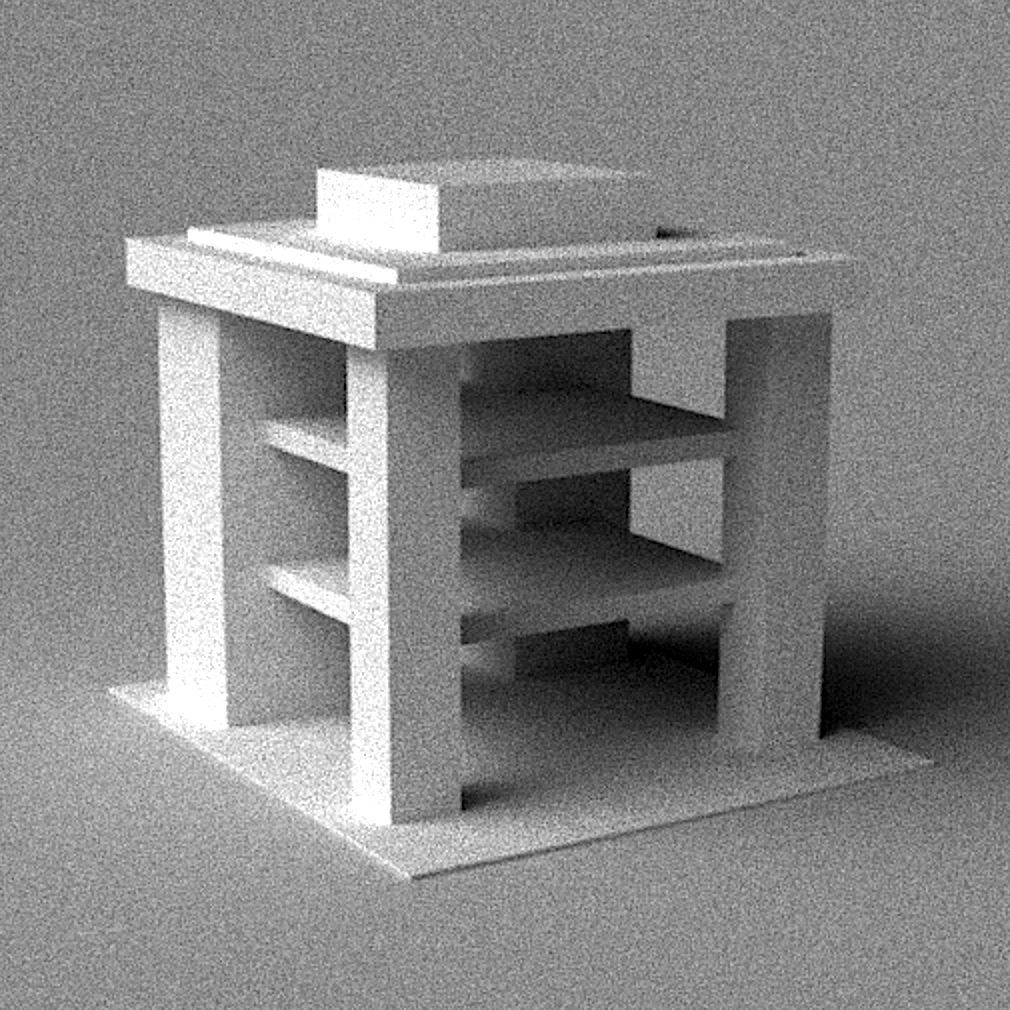 Monte Carlo Raytracing
Monte Carlo Raytracing Celluar Automata
Celluar Automata